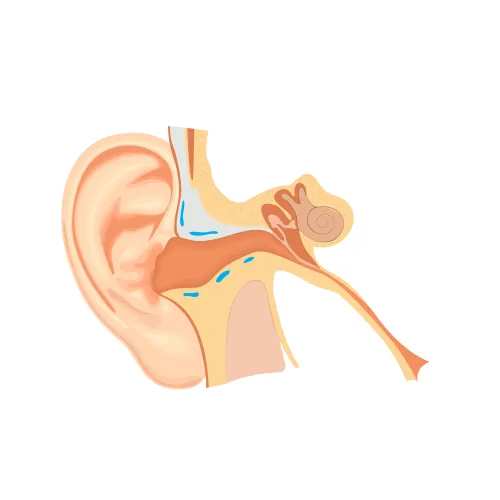Stick to Integumentary Codes for Wart Removal From Buccal Sulcus
Question: Our physician recently removed ten lesions of verruca vulgaris from the buccal sulcus of a patient. He used a laser to destroy the lesions. Should I use 17110, or should I file with excision code 40810 to report the procedure performed?
Tennessee Subscriber
Answer: You will need to report 17110 (Destruction [e.g., laser surgery, electrosurgery, cryosurgery, chemosurgery, surgical curettement], of benign lesions other than skin tags or cutaneous vascular proliferative lesions; up to 14 lesions) as your provider’s diagnosis was common warts (verruca vulgaris) or 078.10 (Viral warts, unspecified).
Reserve the use of CPT® code 40810 (Excision of lesion of mucosa and submucosa, vestibule of mouth; without repair) for when your clinician performs an excision of a lesion and not for the removal by destruction of common warts. Since your clinician destroyed common warts, you will need to stick to using 17110 and not report 40810 despite the warts being removed from the area of the buccal sulcus.
From a CPT® perspective, destruction refers to the ablation of benign, premalignant, or malignant tissues by any method, with or without curettement, including local anesthesia, and not usually requiring closure. “Any method” includes laser surgery, which was the case in this situation. By comparison, CPT® defines excision as full-thickness (through the dermis) removal of a lesion, including margins, and it includes simple (non-layered) closure when performed. As noted, code 40810 refers to “excision,” which requires an open cutting out of the lesions and in this case, was not the procedure performed.
Extra tip: The code 17110 should be used for destruction of benign lesions only, which includes laser surgery, electrosurgery, cryosurgery, chemosurgery, and surgical curettement. Guidelines for assigning code units for premalignant lesions (17000-17004) differ from those for benign lesions, so be sure to read the code descriptors carefully.




